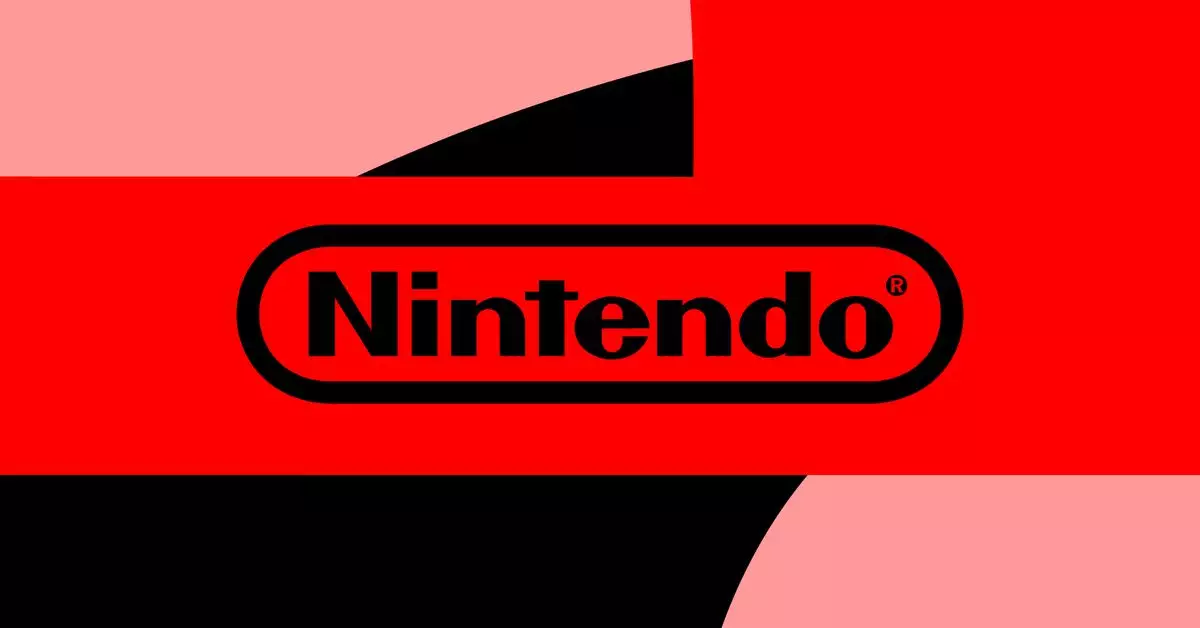As the gaming industry evolves, players remain on the edge of their seats, eagerly anticipating news about hardware advancements. Nintendo, a pioneer in the gaming landscape, has recently hinted at the arrival of its next-generation console, often referred to as the Switch successor or Switch 2. While detailed specifications remain under wraps, the company has confirmed several key features that have implications for both current and future gamers.
One of the most significant announcements from Nintendo’s recent policy briefing is the reassurance that the forthcoming console will support existing Switch games. This statement signifies a pivotal move toward user retention and expanded gameplay options. By allowing users to play their current library on the new system, Nintendo mitigates the risks often associated with transitioning to a new console. Acknowledging backward compatibility reflects Nintendo’s understanding of player behavior, particularly in an era where retaining an extensive game collection is vital for satisfaction and loyalty.
However, while other gaming giants like Xbox and PlayStation have made strong commitments to backward compatibility, Nintendo’s past obstacles remain. For example, the Switch’s shift from disc-based media to cartridges during its launch presents unique challenges. Consequently, the reliance on remastered versions or subjecting players to a waiting game for their favorite titles to appear in Nintendo’s Online library creates an uncertain landscape for nostalgic gamers. This perpetual wait could become a barrier rather than an incentive to invest in the new system, particularly for those who value their retro gaming experiences.
Nintendo’s financial health provides insight into the company’s trajectory. Recently released figures disclosed that the Switch sold 4.72 million units in just three months, marking a staggering 31% decrease compared to the previous year. Despite these figures, the overall sales of the Switch have reached a staggering 146 million units since its inception, establishing the console as a cornerstone of modern gaming.
Moreover, Nintendo’s software figures stand out, with sales hitting an impressive record of 1.3 billion units by September 30th, 2024. However, the slight dip in Nintendo Switch Online subscriptions, now at about 34 million members, raises questions about player engagement and the perceived value of the service. While more players are gravitating toward the higher-priced Expansion Pack, even this trend highlights a need for Nintendo to deliver substantial content and features that justify the investment.
A crucial aspect of backward compatibility extends beyond player convenience; it addresses broader concerns regarding video game preservation. A report by the Video Game History Foundation revealed that approximately 87% of games launched before 2010 are “critically endangered” or simply unavailable for purchase. This alarming statistic underlines the responsibility of companies like Nintendo to not only innovate but to ensure the legacy of their gaming history is accessible to current and future generations.
While Nintendo has made strides in providing access to its older titles through remastered collections and the Online service, many notable games remain locked away in a vault. For a company with such an extensive and beloved catalog, the inability to easily access past titles is a disappointing reality for long-time fans. As the new Switch successor looms on the horizon, a strategic approach to innovation and digital preservation will prove essential.
With Nintendo poised to unveil its next console during the current fiscal year, much speculation surrounds the potential features and capabilities it may bring. Players are eager for updates and anticipate that the new console will not only expand the library of accessible games but also enhance gameplay mechanics and user experience.
While Nintendo continues to enjoy remarkable success, the journey ahead involves navigating complex challenges and seizing opportunities. As the company balances innovation and preservation, its future will depend on fostering a sense of community among gamers and honoring the rich history of its platforms. As the countdown to the Switch’s successor continues, both fans and critics will remain vigilant, eager for the next big leap in gaming technology and experience.

